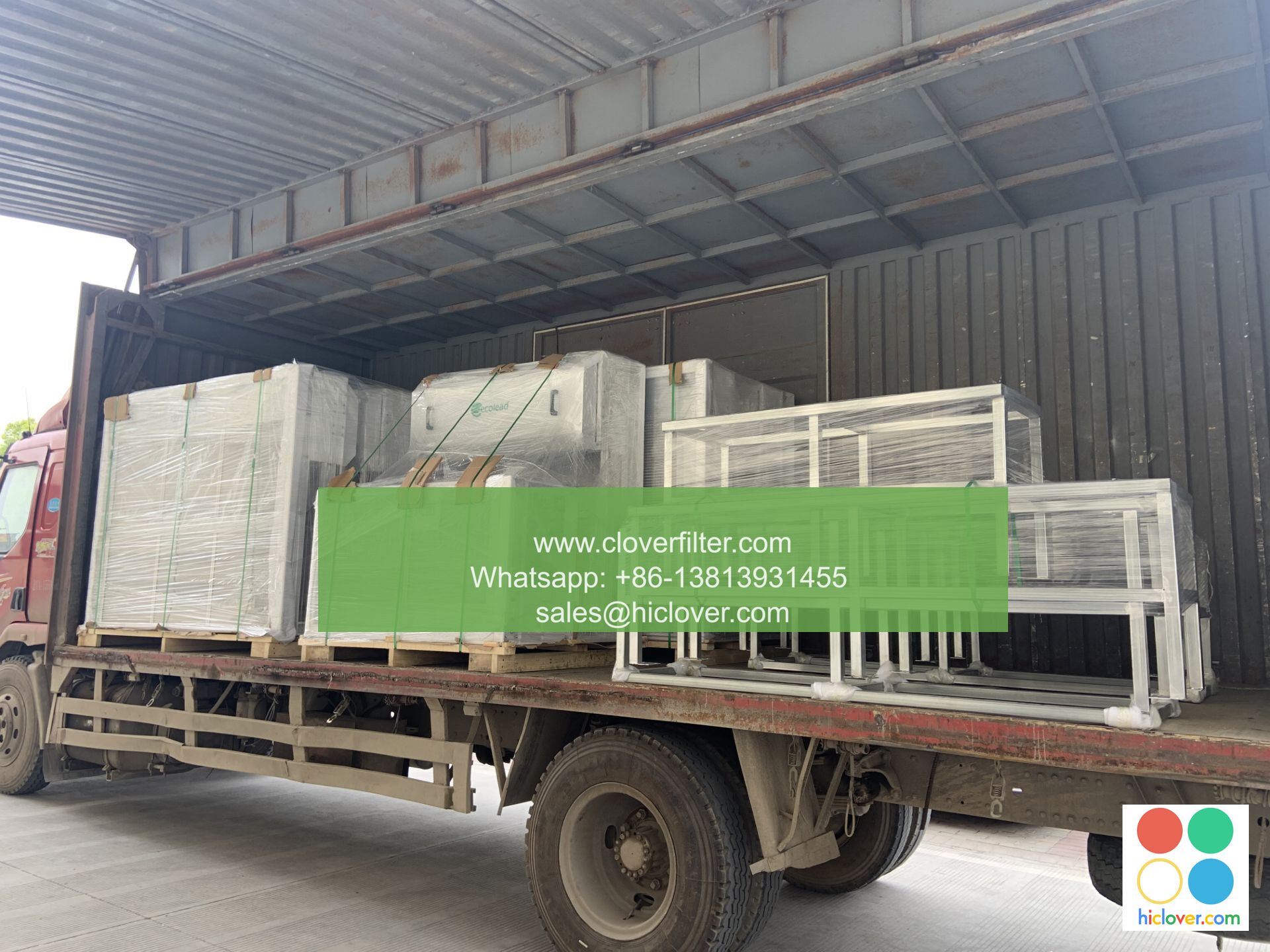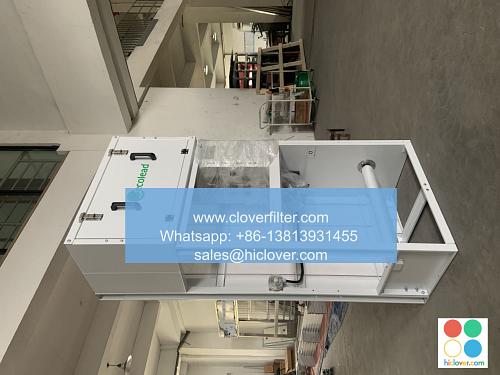Air Purifiers for Heavy-Duty Use: Options and Considerations

Air purifiers have become an essential tool for maintaining good indoor air quality, particularly in heavy-duty environments such as industrial settings, commercial spaces, and large residential areas. These devices are designed to remove pollutants, allergens, and other harmful particles from the air, improving the health and comfort of occupants. In this article, we will explore the options and considerations for air purifiers designed for heavy-duty use, highlighting various application areas and key features.
Types of Air Purifiers for Heavy-Duty Use
There are several types of air purifiers suitable for heavy-duty use, including:
* HEPA (High Efficiency Particulate Air) filters, which capture 99.97% of particles as small as 0.3 microns
* Activated Carbon filters, which effectively remove gases, odors, and chemicals from the air
* UV (Ultraviolet) light purifiers, which use UV radiation to kill bacteria, viruses, and other microorganisms
* Ionizers, which release negative ions to attract and trap pollutants
Each type of air purifier has its strengths and weaknesses, and the choice of device will depend on the specific application and requirements.
Application Areas for Heavy-Duty Air Purifiers
Heavy-duty air purifiers are used in a variety of settings, including:
* Industrial facilities, such as factories, warehouses, and manufacturing plants, where airborne pollutants and chemicals are common
* Commercial spaces, such as offices, restaurants, and retail stores, where high volumes of people and activities generate pollutants
* Large residential areas, such as apartments, condos, and multi-unit dwellings, where shared air systems and high occupancy rates require effective air purification
* Hospitals and healthcare facilities, where clean air is critical for patient health and infection control
* Schools and educational institutions, where good indoor air quality is essential for student health and productivity
Key Features to Consider
When selecting an air purifier for heavy-duty use, several key features should be considered, including:
* CADR (Clean Air Delivery Rate), which measures the device’s ability to remove pollutants from the air
* Filter type and replacement costs, which can impact the device’s overall cost and maintenance requirements
* Noise level and energy efficiency, which can affect the device’s suitability for different environments and operating costs
* Coverage area and scalability, which determine the device’s ability to effectively purify the air in large or complex spaces
* Certifications and compliance, such as UL (Underwriters Laboratories) or ASHRAE (American Society of Heating, Refrigerating, and Air-Conditioning Engineers) standards, which ensure the device meets safety and performance requirements
Conclusion
Air purifiers for heavy-duty use are a critical component of maintaining good indoor air quality in a variety of settings. By understanding the options and considerations for these devices, individuals and organizations can make informed decisions about which air purifier to choose and how to effectively deploy it. Whether you are looking to improve the air quality in an industrial setting, commercial space, or large residential area, there is an air purifier designed to meet your needs and provide a healthier, more comfortable environment for occupants. You haven’t provided a question or topic for discussion. Please provide more context or information so I can assist you. What would you like to talk about?

